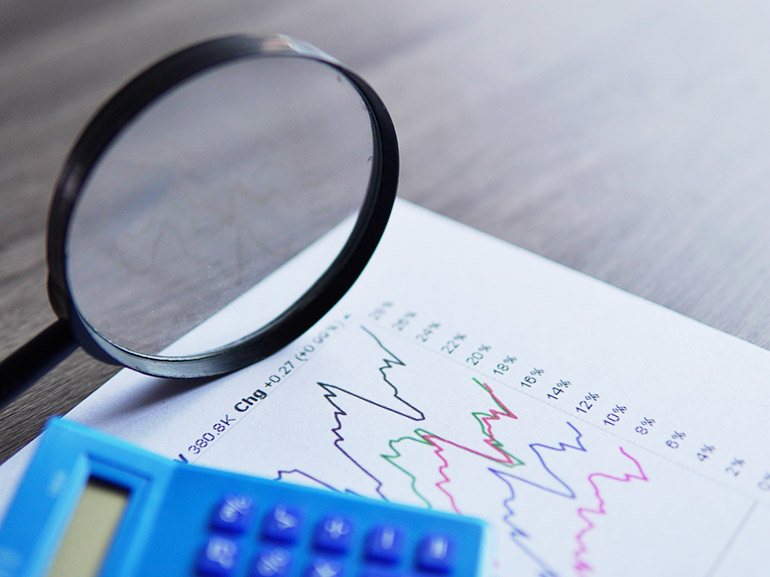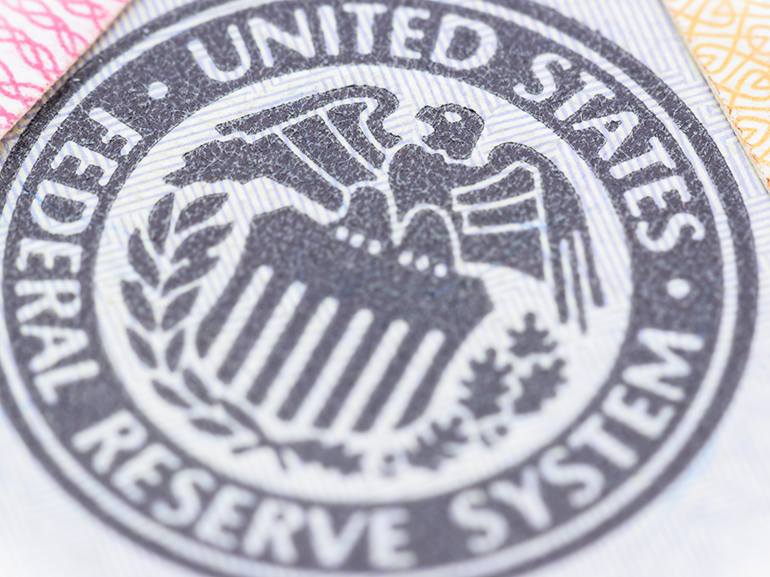What Is the Consumer Confidence Index (CCI)
While the economy can undoubtedly be eventful and unpredictable at times, certain economic indicators can help traders, investors, analysts, and consumers navigate the markets more effectively and efficiently.
Similar to other indicators like the Gross Domestic Product (GDP), Nonfarm Payrolls (NFPs), the Purchasing Managers Index (PMI), and the Consumer Price Index (CPI), the Consumer Confidence Index (CCI) can provide valuable insight into the state of the economy too. So what is CCI, how does it affect the markets, and what does it reflect about the economy? Here’s what you need to know about CCI reports and the consumer confidence index definition:

TL;DR
The Consumer Confidence Index (CCI) reflects consumer sentiments regarding their financial situation and the overall economy, influencing spending and saving habits.
CCI above 100 indicates optimism, with more consumer spending expected; below 100 signals pessimism, leading to saving and reduced spending.
CCI impacts traders, especially in Forex markets, as it helps forecast interest rates and economic conditions.
The survey is based on five key questions related to present and future business and employment conditions, with data calculated against a 1985 baseline of 100.
While useful, the CCI has its critics who argue it lacks detail on future business and labor conditions.
Understanding the Consumer Confidence Index (CCI)
The CCI offers insights into the anticipated future patterns of household spending and saving. Or, in other words, it attempts to gauge the possible developments and spending habits of consumers and households.
The data is derived from responses that reflect people's expectations regarding their financial circumstances, their perceptions of the overall economic climate, their views on unemployment rates, and their ability to save money.
What Can the Different Levels of CCI Indicate?
CCI levels of 100 or over may suggest that consumers are optimistic about the future of the economy and, therefore, may be less likely to save their money and more likely to make significant purchases within the coming year. In contrast, readings below 100 indicate a more negative outlook on future economic trends, which could lead to a greater inclination to save and a reduction in spending.
Why Is the Consumer Confidence Index Important to Traders?
Similar to other economic indices and data, the CCI can be taken into account when trading or making any investment decisions. This is because it may reflect economic conditions and consumer confidence as well as spending habits, and it might directly or indirectly influence the overall market. This report can also include an overview of inflationconditions and economic expectations, which may also shift the markets and create volatility in some cases.
How Does the CCI Impact Forex Markets?
While CCI data may affect various market sectors ranging from stocksto indices and commodities, it might be particularly impactful on the Forex market. This is because this report is highly esteemed and utilized by the Federal Reserve, which means that it might play a direct role in determining interest rates and other financial and monetary policies.
Accordingly, low CCI levels can indicate a pessimistic outlook, which may increase the possibility of slowing interest rates, hence causing the value of the US dollar to decline and more Forex traders to sell the dollar as they look for stronger currencies. On the flip side, optimistic and high CCI levels may increase the chances of higher interest rates and a stronger dollar. (Source: BabyPips)
What Is the CCI Survey, and How Is the CCI Calculated?
The CCI is a consumer confidence survey-based indicator that is published on a monthly basis by the US Conference Board. The board publishes and gathers data for the CCI survey which is based on 5 questions, two of which are about current economic conditions and the other three are based on future economic conditions.
The first set of questions, called the Present Situation Index, aims to gauge respondents' evaluation of the current state of business and employment conditions. The second set of questions, called the Expectations Index, seeks to understand respondents' expectations for business conditions, employment conditions, and total family income six months from now.
Respondents can choose to answer each question with a positive, negative, or neutral response.
After collecting the data, the surveyors calculate the relative value of each question, which is then compared to the relative value of the same question in 1985, set as the benchmark of 100. For each question, the relative values are compared to produce an "index value."
Consumer Confidence Index Criticism
While the CCI can be an informative economic indicator to many people, there are some that believe that this indicator has its own drawbacks. Those who critique the CCI hold the belief that this survey does not include the necessary information needed to reflect business, finance, and labor conditions for the future nor is it very useful for forecasting the future.
2025’s Upcoming CCI Reports
All in all, despite its possible drawbacks, the CCI is ostensibly important and could impact different market sectors. Accordingly, traders may want to keep track of any upcoming CCI releases in 2025 to see how those can influence the market and the economy as a whole.
On the last Tuesday of each month, the Conference Board publishes its Consumer Confidence Index. Here are the scheduled CCI releases in the upcoming months:
April 10, 2025
May 13, 2025
June 11, 2025
July 15, 2025
August 12, 2025
September 11, 2025
October 15, 2025
November 13, 2025
December 10, 2025 (Source: U.S. Bureau of Labor Statistics)
Conclusion
The Consumer Confidence Index (CCI) serves as a valuable tool for understanding consumer sentiment and its potential influence on the economy. Traders and investors can use it to gauge future market conditions, especially in relation to consumer spending and economic growth. While it is an important indicator, it’s not without criticism, particularly for its limitations in predicting future labor and business trends. Nevertheless, tracking upcoming CCI reports remains crucial for staying informed about market-moving consumer sentiment.
FAQs:
1. What does the CCI measure?
The Consumer Confidence Index measures consumer sentiment and expectations about their financial situation and the economy. It reflects attitudes towards current economic conditions and future outlooks.
2. How is the CCI calculated?
The CCI is calculated based on a survey of consumer opinions. It includes questions about present economic conditions (Present Situation Index) and future expectations (Expectations Index). Responses are compared to a baseline set in 1985.
3. Why is the CCI important for Forex traders?
The CCI impacts the Forex market as it helps predict consumer behavior and economic conditions, influencing interest rates and the value of currencies, such as the US dollar.
4. What does a CCI above 100 indicate?
A CCI above 100 suggests optimism among consumers, often leading to higher spending and less saving, which may indicate a growing economy.







